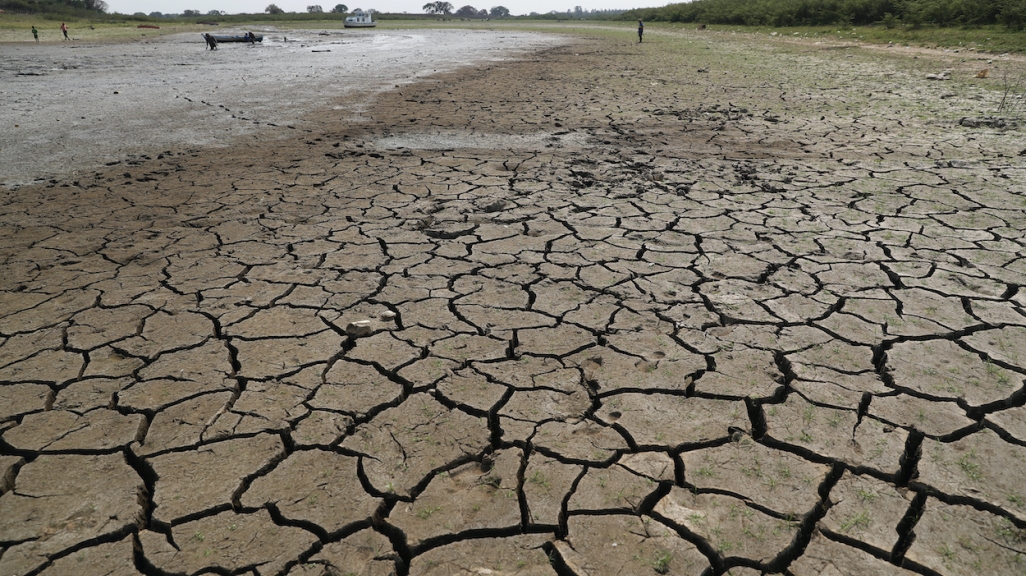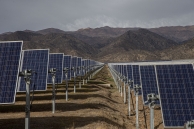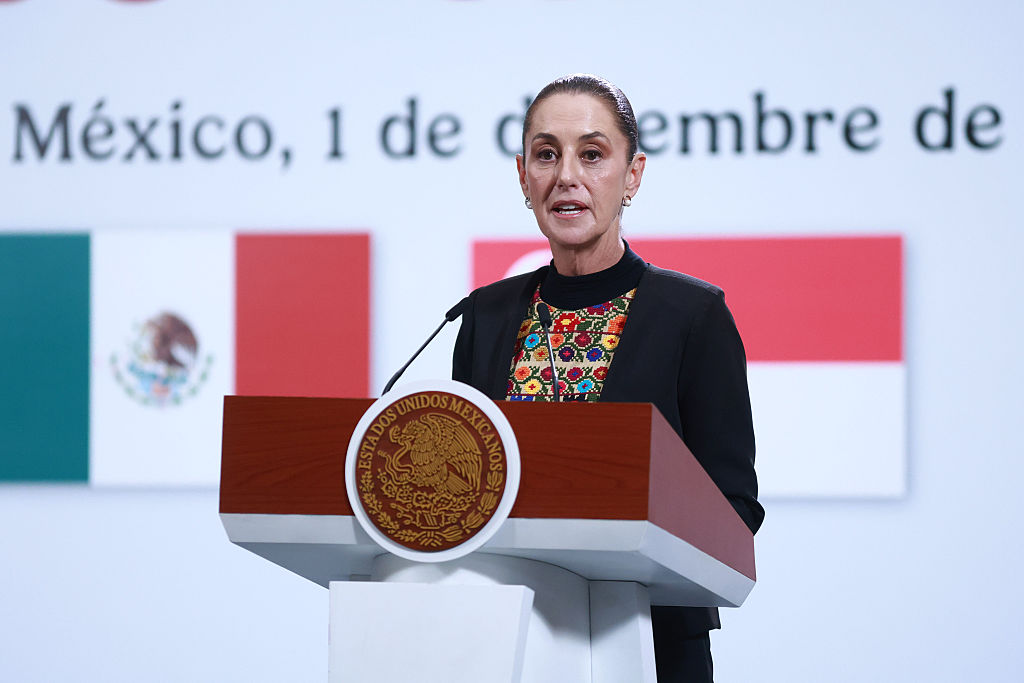Record Droughts Plague Latin America
Record Droughts Plague Latin America
Abnormally dry conditions in Argentina, Brazil, Mexico, and Paraguay threaten water reserves and economic recovery.
Droughts have hit large swaths of Latin America, and particularly Argentina, Brazil, Mexico, and Paraguay. While each country faces its own challenges, several hemispheric factors are contributing to the environmental emergency—such as the summer 2020 La Niña resulting in cold water in the eastern Pacific Ocean and reducing the amount of precipitation across the region—but climate change and large-scale deforestation are also factors.
The droughts threaten to cripple already sluggish Latin American economies reeling from the pandemic’s effects. Not only are they disproportionately hurting sectors like agriculture, livestock, energy, and transportation, but they are also driving up the prices of basic goods such as food and electricity at a time when citizens are struggling to make ends meet.
AS/COA Online reviews the major droughts and their economic effects.
Seven Latin American and Caribbean countries with varying commitments to fighting climate change are participating in Biden’s virtual forum.
For ten years, El Chasqui delivered a semi-regular roundup of news—from election coverage to economic issues to start-ups.










